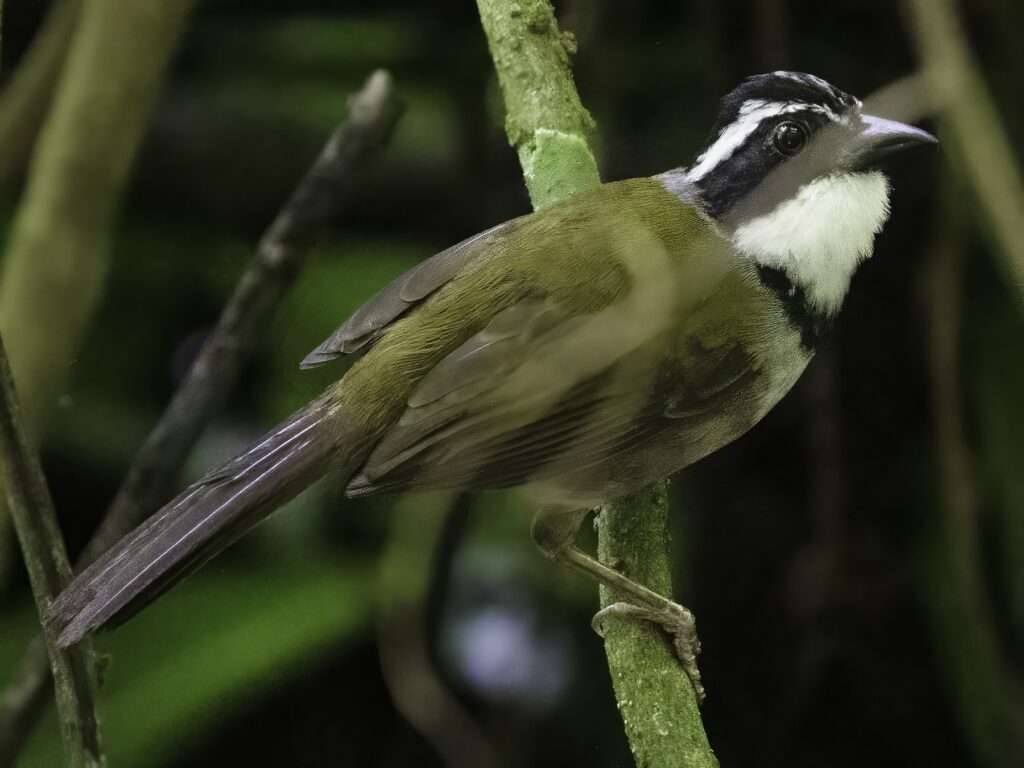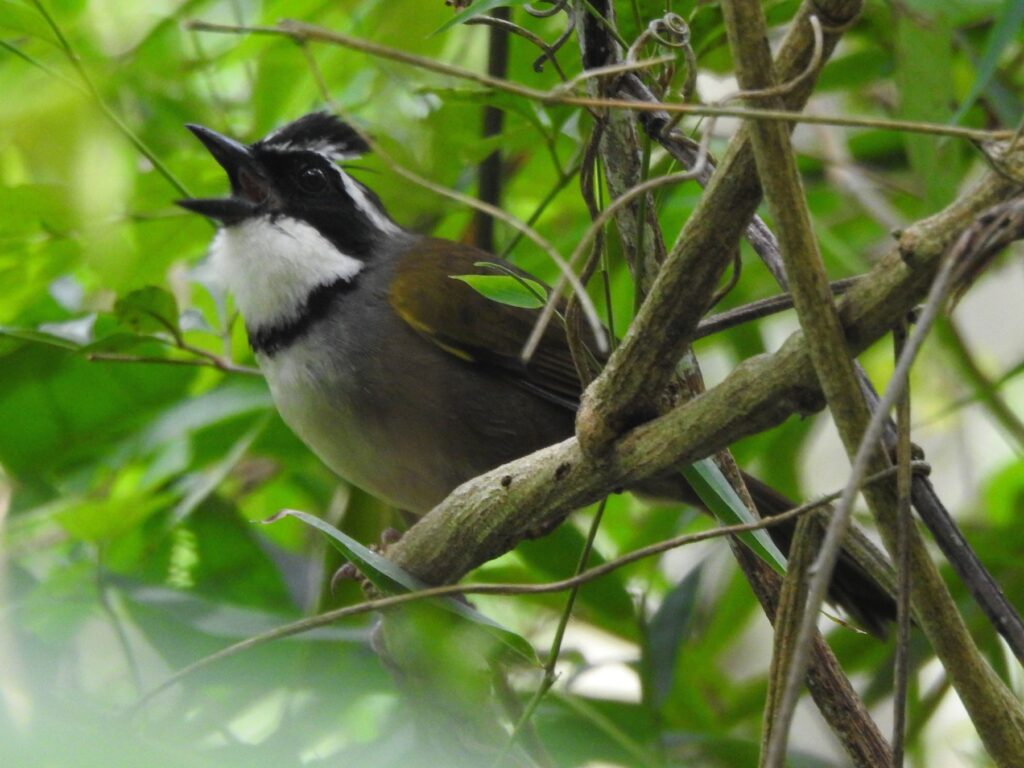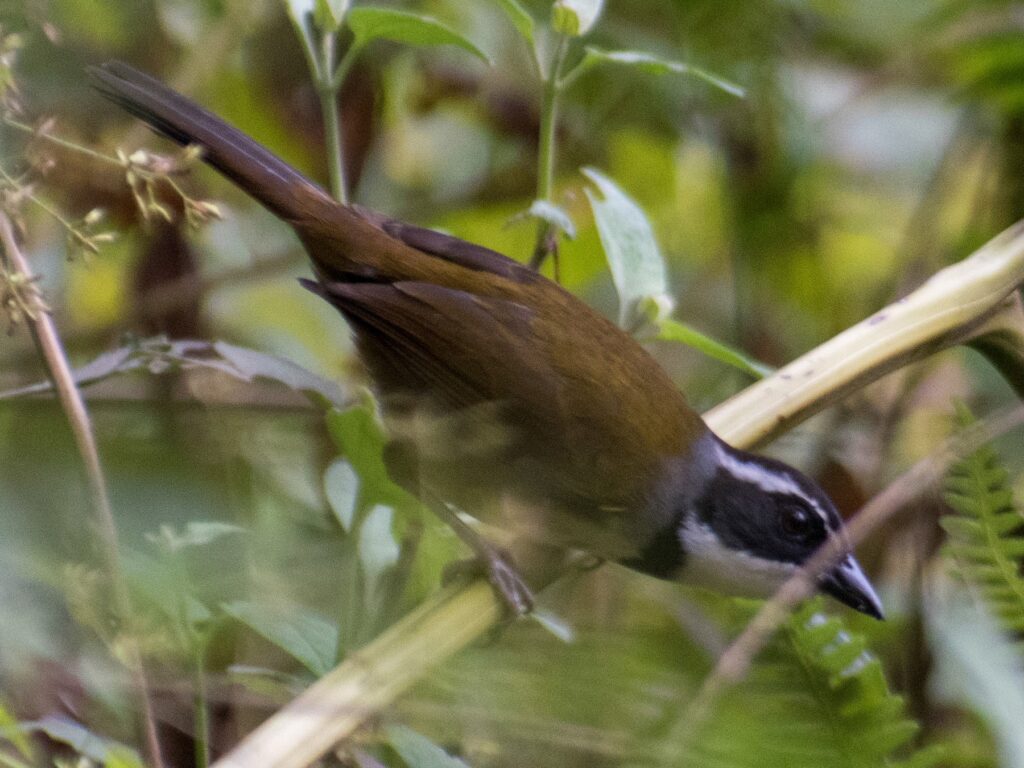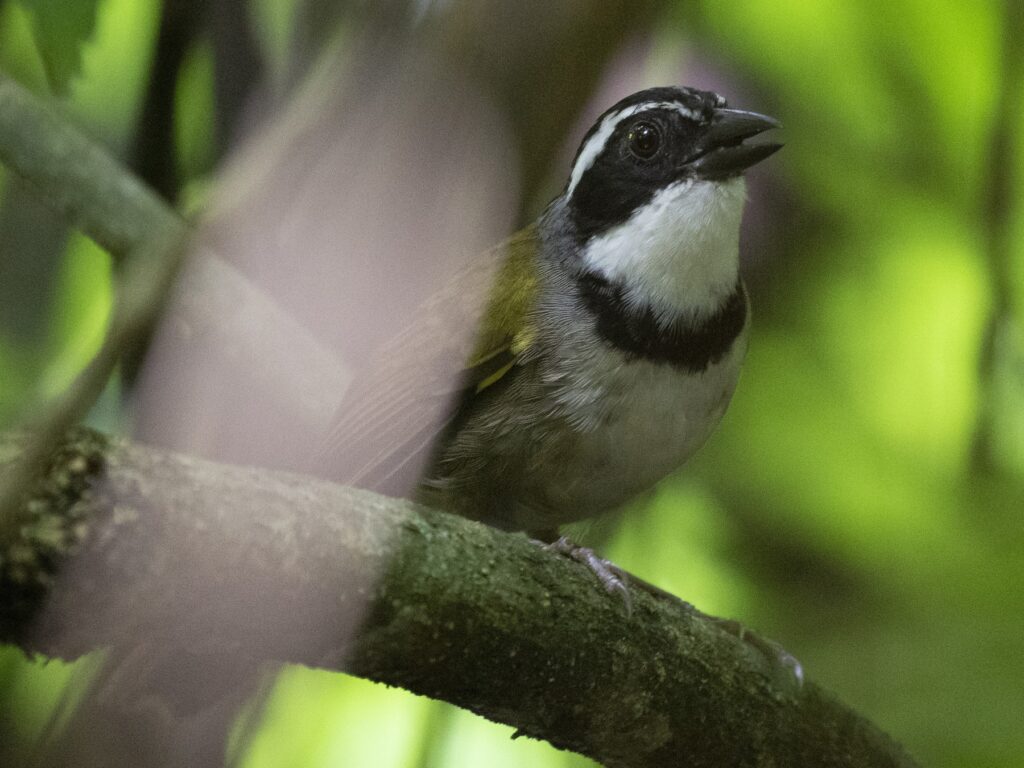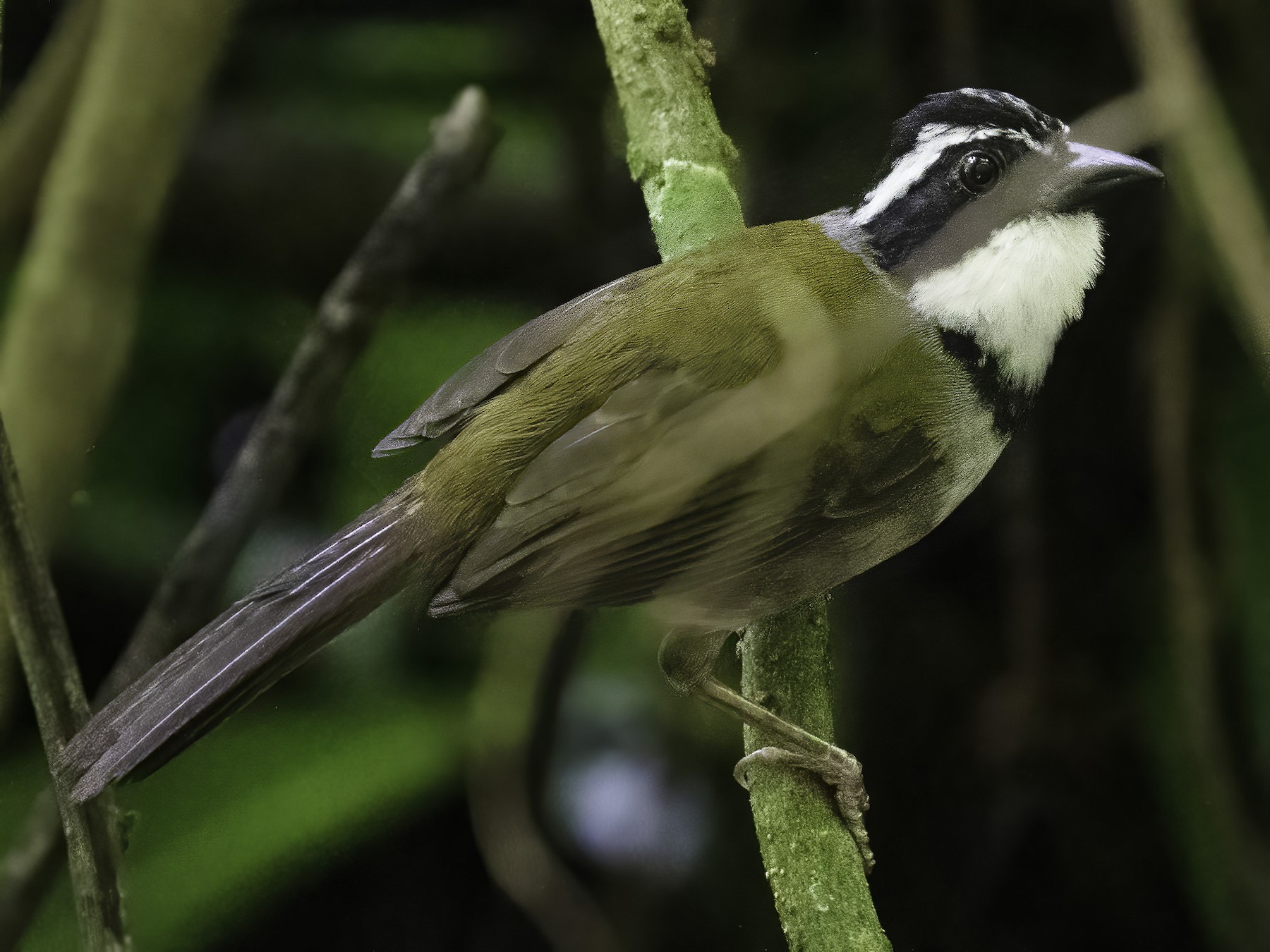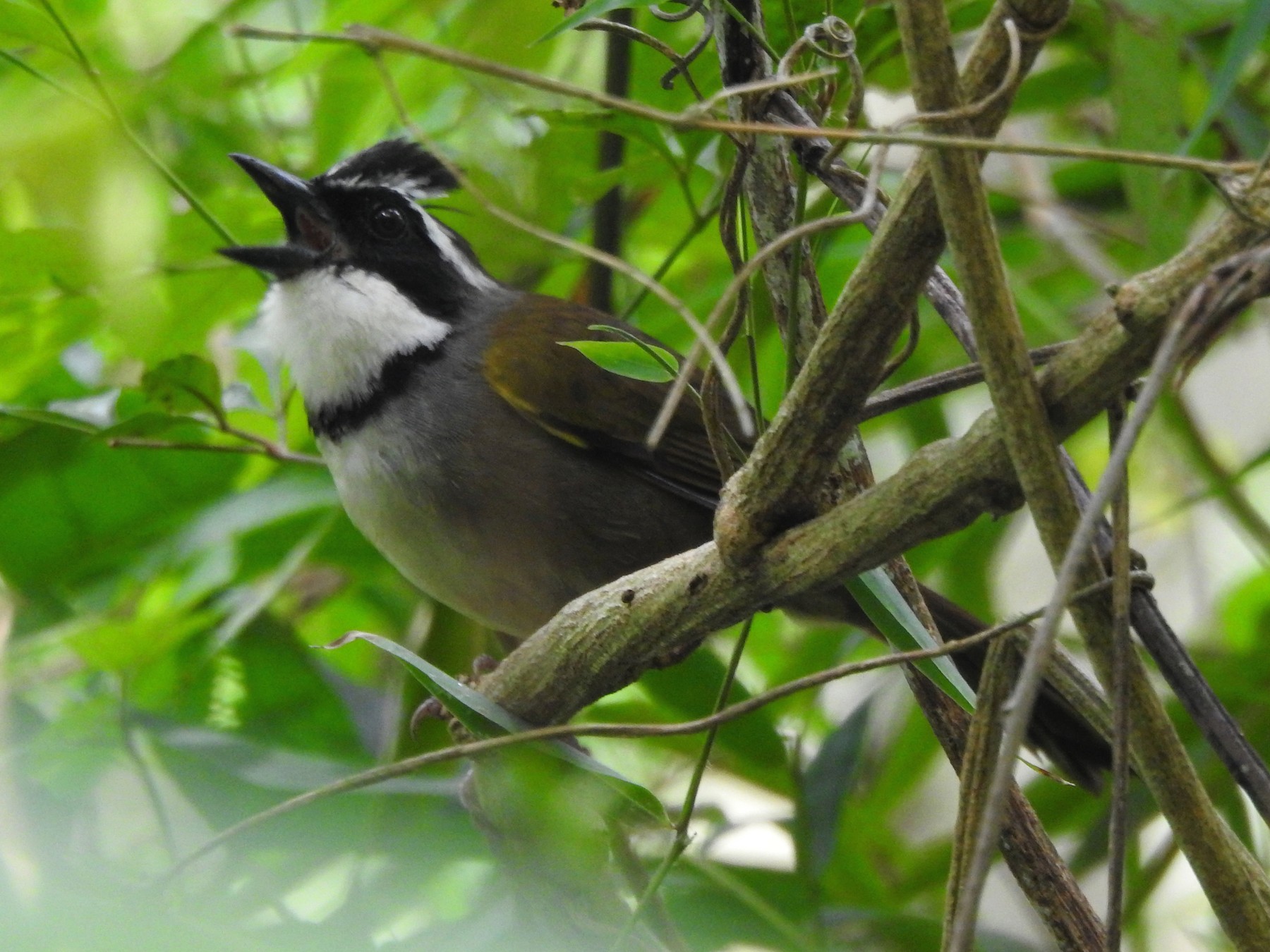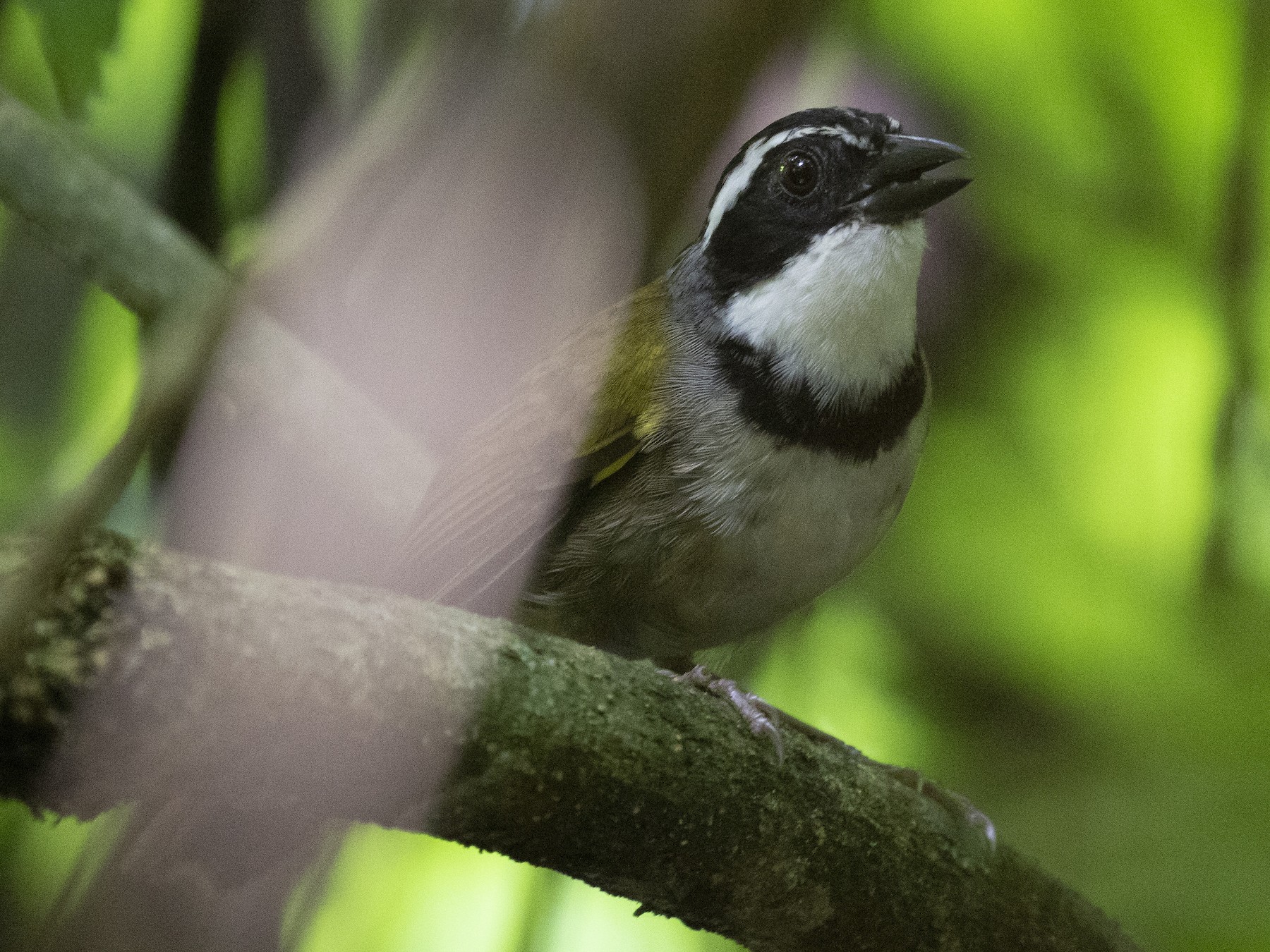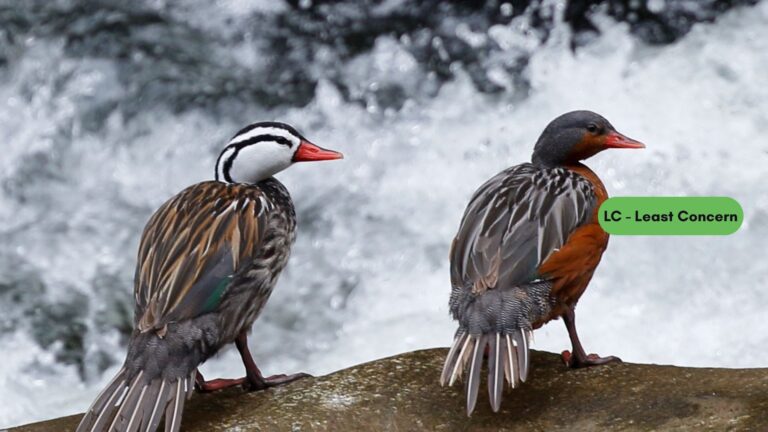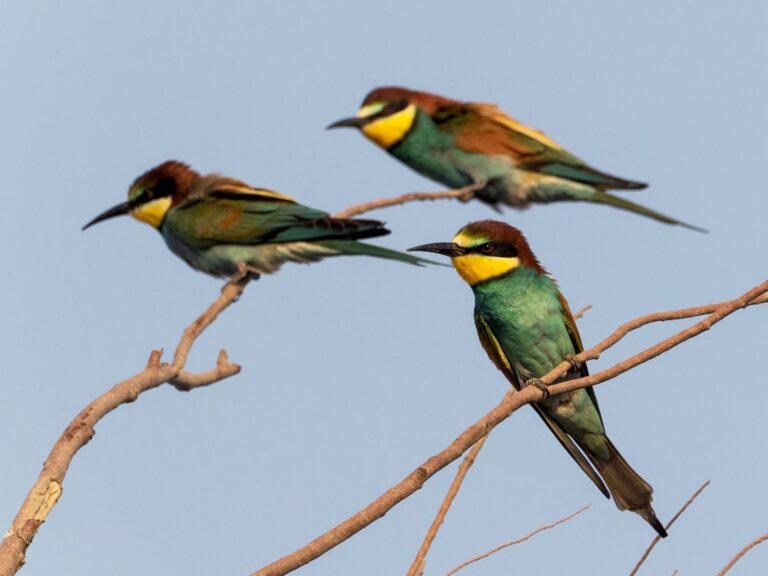Caracas Brushfinch: Discover the Unique Songbird of Venezuela’s Rich Ecosystem
The Caracas Brushfinch, or Arremon phaeopleurus, grabs the attention of birdwatchers and nature lovers. This species lives only in the mountainous parts of Venezuela, making it a key piece of the region’s birdlife.
Its striking looks and quirky behaviors set it apart in the wild. The Caracas Brushfinch plays a real role in keeping its ecosystem balanced. You’ll often spot this bird in cloud forests and tangled undergrowth. Its bright colors and sweet calls make it a standout.
Dive into its habits and habitats, and you’ll start to see why Caribbean wildlife matters so much for biodiversity. Researchers keep learning more about where it lives, how it’s classified, and the conservation headaches it faces.
If you care about bird conservation or just love ecology, the Caracas Brushfinch really stands out. This bird adds a splash of beauty and quietly reminds us that we’ve got to care for the environment here.
Key Takeaways
- The Caracas Brushfinch lives only in Venezuela’s mountain areas.
- It sports vibrant feathers and sings melodic calls.
- Conservation work is urgent to protect this special bird.
Taxonomy and Classification
The Caracas Brushfinch sits in a web of scientific names and family trees. Its taxonomy gets a bit tricky, but it helps us see how it fits in with other birds. Let’s look at its scientific name, family, and its close cousins.
Scientific Naming and Synonyms
Scientists call the Caracas Brushfinch Arremon assimilis. This name points to its unique traits. But you’ll see a few other names pop up, thanks to older naming habits and taxonomic debates. Sometimes folks use Arremon phaeopleurus, though that usually refers to another brushfinch. There’s also Arremon torquatus in the mix, mostly because of similar looks and habitats.
Family and Order
The Caracas Brushfinch belongs to Passerellidae, the New World sparrows. This family includes a bunch of small and medium-sized birds across the Americas. It falls under the order Passeriformes—the biggest bird order out there. Within Passerellidae, brushfinches stand out for their bold plumage and their singing chops.
You’ll find others in this family, like the Black-headed Brush-Finch (Arremon atricapillus) and Colombian Brush-Finch (Arremon bogotensis). It’s a pretty diverse bunch.
Related Brushfinch Species
Some brushfinches are close relatives of the Caracas Brushfinch. The Venezuelan Brush-Finch (Arremon assimilis) shares parts of its range. Other similar birds include the Gray-browed Brushfinch (Arremon assimilis), Stripe-headed Brush-Finch (Arremon torquatus), and Sierra Nevada Brush-Finch (Arremon nigriceps). Each one has its own quirks and adaptations.
By studying these relationships, researchers get a better sense of how these birds evolved. That knowledge helps when we’re trying to protect their habitats.
Distribution and Endemism
The Caracas Brushfinch lives in a pretty small patch of the world, mostly in Venezuela and a bit in Colombia. Its endemism stands out, especially in those high-mountain and paramo habitats.
Geographic Range
You’ll find the Caracas Brushfinch mainly in the North Andean region of South America. It sticks to Venezuela’s Coastal Range and nearby areas, especially in the Sucre and Magdalena departments.
This bird usually hangs out between 1,200 and 2,500 meters up, preferring steep, rugged ground with plenty of cover.
Type Locality and Key Locations
The type locality for the Caracas Brushfinch is the Santa Marta mountains in Colombia. That spot is pretty important for the species’ future.
You’ll also find it in parts of the Caldas department, wherever the right habitats still exist. These places matter not just for the brushfinch, but for other endemic species living in similar zones.
Habitat Preferences
This bird likes cloud forests and high-altitude paramo. Those thick forests offer food and safe nesting spots.
The Caracas Brushfinch often forages in the underbrush, grabbing insects and seeds from the dense vegetation. Protecting these habitats is absolutely vital—if we lose them, the brushfinch population takes a hit.
Physical Description and Identification
The Caracas Brushfinch shows off distinct features that make it pretty easy to spot. Its feathers display a mix of colors and patterns unique to the species.
If you know what to look for, picking it out from other brushfinches isn’t too hard.
Distinctive Plumage and Markings
Adults wear dusky brown upperparts that stand out against paler underparts. Males often sport a black forehead and a hint of gray on the face and throat.
You’ll notice a brownish streak on the sides, and the belly color shifts from yellow to pale brown. Juveniles look a bit duller but keep the same patterns, which helps with ID.
Their dark eyes pop against the lighter feathers. All these features help separate the Caracas Brushfinch from its close relatives.
Similar Species Comparison
The Caracas Brushfinch can look a lot like Arremon phaeopleurus and other brushfinches. But if you pay attention, you’ll see its unique black forehead and that variable belly color.
The Dusky Brushfinch, for instance, looks darker all over and misses that forehead mark. If you’re out looking, keep an eye out for these small differences—they make all the difference in the field.
Ecology and Behavior
The Caracas Brushfinch’s habits and lifestyle are pretty fascinating. Its diet, nesting, and vocal skills all show how it fits into its environment.
Diet and Foraging Habits
This bird eats mostly insects, seeds, and fruits. You’ll see it searching for food on the ground or in low shrubs. It helps scatter seeds as it goes about its day. Depending on the season, its diet shifts with what’s available.
During breeding season, it forages more intensely, looking for extra nutrients for its chicks. You might catch it sallying from a perch or poking around on the ground—pretty adaptable, really.
Breeding and Nesting
Caracas Brushfinches build cup-shaped nests in thick shrubs or trees, using grasses, leaves, and even a bit of mud. The breeding season usually matches up with wet months when food is easier to find. Females lay 2–4 eggs, and both parents help care for the chicks.
After hatching, the little ones rely on their parents until they’re ready to leave the nest. Dense vegetation seems to boost nesting success by hiding nests from predators.
Vocalizations and Social Structure
These birds really know how to sing. Their songs attract mates and mark territory. Males often perch up high to belt out their tunes. Outside the breeding season, they get a bit more social, foraging in small flocks.
Flocking helps them find food and interact. Their social pecking order changes with the seasons, but it usually keeps things running smoothly in the group. If you’re curious about other brushfinches, check out the Ochre-breasted Brush Finch or the Yellow-headed Brushfinch.
Conservation Status and Threats
The Caracas Brushfinch faces a tough road, with several challenges threatening its survival. Knowing where it stands and what it’s up against is key if we want to help.
Threats to Survival
Several things threaten the Caracas Brushfinch. Habitat destruction from farming and city growth breaks up the forests it needs. On top of that, climate change messes with its habitat and food supply. With such a small population, low genetic diversity makes it even weaker against disease and sudden changes. All these problems pile on, making its situation even more urgent.
Conservation Initiatives
People are working on several conservation initiatives to support the Caracas Brushfinch. Habitat restoration and protection are at the center of these efforts, aiming to keep its natural spaces safe.
Local groups and international organizations want to raise awareness about the brushfinch and what it needs to survive. They’re constantly researching its behavior and ecology, hoping to figure out the best ways to help.
Community involvement matters a lot here—sustainable practices benefit both the local ecosystem and the brushfinch. It’s not easy, but getting everyone on board seems like the only way forward.
Significance within the Local Avifauna
The Caracas Brushfinch plays a big part in Venezuela’s ecosystems. It interacts with plenty of other birds and adds to the area’s biodiversity.
If you dig into its ecological role, you’ll get a glimpse of how healthy these local environments really are.
Role in Venezuelan Ecosystems
You’ll find the Caracas Brushfinch in montane forests, where it seems right at home in the thick, lively greenery. Its eating habits help spread seeds around, which encourages plant growth and keeps the forest ticking along.
This brushfinch doesn’t live alone—it shares its patch with birds like the Venezuelan Wood-Quail and Tepui Tinamou. Some of these neighbors also help with seed dispersal, while others keep insect numbers in check.
Notable Sympatric Bird Species
Montane forests here are crowded with interesting birds alongside the brushfinch. The Venezuelan Flowerpiercer is a common sight, sipping nectar and helping pollinate plants as it goes.
Other regulars include the Groove-billed Toucanet and Urich’s Tyrannulet. They interact with the brushfinch, each adding something unique to the mix. The way these birds work together makes the local avifauna feel like a real community.
English Names and Identification Guides
Spotting a Caracas Brushfinch isn’t too tricky, thanks to its standout look. Its plumage makes it a favorite among birdwatchers and researchers.
There are plenty of guides out there that break down its features, so you can tell it apart from similar birds. Books like Birds of Venezuela cover the essentials, offering tips on how to identify the brushfinch and its wild companions.
Frequently Asked Questions
The Caracas Brushfinch stands out as a unique bird, with its own quirks, habitats, and behaviors. Knowing these details can really help birdwatchers and researchers spot and protect this fascinating species.
What are the distinguishing characteristics of the Caracas Brushfinch?
This brushfinch has markings that make it hard to confuse with anything else. Usually, you’ll see a dark cap, bright yellow underparts, and a brownish back. The contrast between its plumage and face is pretty bold, making it easier for birders to pick out in the field.
In which habitats can the Caracas Brushfinch be typically found?
You’ll mostly find this bird in montane forests and along woodland edges. It prefers places with dense vegetation, which offer both food and cover. Look for them in the mountains around Caracas, Venezuela—they seem to like it there.
What does the diet of the Caracas Brushfinch primarily consist of?
Their diet? Mostly seeds, fruits, and insects. It shifts with the seasons, depending on what’s around. By eating and moving seeds, they help plants grow and keep the habitat healthy.
Are there any conservation concerns regarding the Caracas Brushfinch population?
Unfortunately, the Caracas Brushfinch faces threats from habitat loss as cities grow and forests shrink. As their home disappears, their numbers are starting to worry people. Protecting this species will take real effort and ongoing conservation work.
How does the Caracas Brushfinch interact with its ecosystem?
This bird helps its ecosystem by spreading seeds as it feeds. Its feeding habits support plant diversity in the area. It also serves as prey for bigger birds, so it’s a key part of the local food web. Everything’s connected, isn’t it?
What are the breeding habits of the Caracas Brushfinch?
These birds usually breed in the wet season, when there’s plenty of food around.The Caracas Brushfinch makes cup-shaped nests tucked away in thick vegetation. That way, the eggs stay hidden from predators. Both parents pitch in to care for the chicks. They really do work together to give their young ones a fighting chance.

